
From 19th December 2017 (Tue) to 4th March (Sun), 2018, at the National Museum of Nature and Science, the 150th anniversary commemorative exhibition “MINAKATA Kumagusu: An informant-savant a 100 years ahead of his time is held It is. Since the exhibition was held on 18th December, I will report on that situation.
■ Kumagusuku as a researcher and an information provider
Minakata Kumagusu is a collective term for plants that do not bloom, such as mosses, ferns, fungi, etc. Currently not used ) We gathered a large number of materials in general, it was a naturalist of Onno. In 2006, the same exhibition "Southern Kumagusuku – explorer of the whole world" was held in 2006, and Kumagusu is introduced as "natural scientist exploring the whole phenomenon".
However, we know that Kumagusu's natural science papers are surprisingly small. If it is not a natural scientist who did "hypothesis verification" like Newton or Einstein, what kind of person should be noted?
This exhibition shows the statue of Kumagusu as an information collector and an information provider. Kumagusu who is curious that he gathered folktales and legends all over the world as well as herring flowers. His information processing method seems to be something that is also relevant to the current Internet.
Let me show you the contents of the exhibition.
1. The life of Minakata Kumagusu

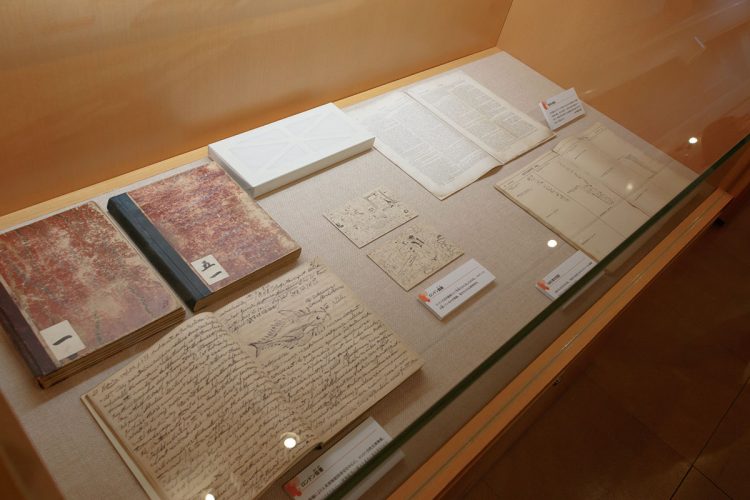

In this chapter, we will outline the life of Kumagusu through materials. I can know Kumagusu's stolen life.
■ Genius-like childhood, failing, and to the world
Kumagusu that he had authored Waka's encyclopedia and herald books from a young age. Kumagusu encounters the encyclopedia Encyclopedia of the Edo period "Waka three-person illustration" and finds joy in gathering knowledge. While attending junior high school Kumagusu studied natural science, he was not good at mathematical science such as mathematics. The Tokyo Imperial University reserve (school of liberal arts) who went on to study at the age of 17 also fails to drop out in algebra.
Kumagusu who came to the United States at the age of 20 then enters the business school of San Francisco, but he was not interested in commerce and dropped out and entered the Michigan State Agricultural School. However, it caused a collision with an American student and a drinking incident, and it will be withdrawn again. After that, I did not go to school, I started to focus on collecting specimens while interacting with amateur fungist William Culkins.
Kumagusu, 25 years old, will be in London. Contrary to the American era in which we collect abundantly in the field, we will collect knowledge such as enormous folklore science and natural science in the British Museum Library. 8 years after going to England, Kumagusu has returned to Japan on the grounds of his daily living.
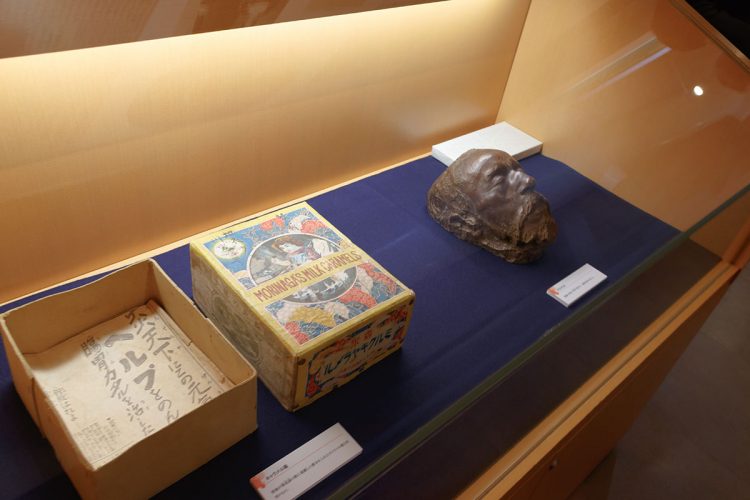
2. Quest for All Wisdom
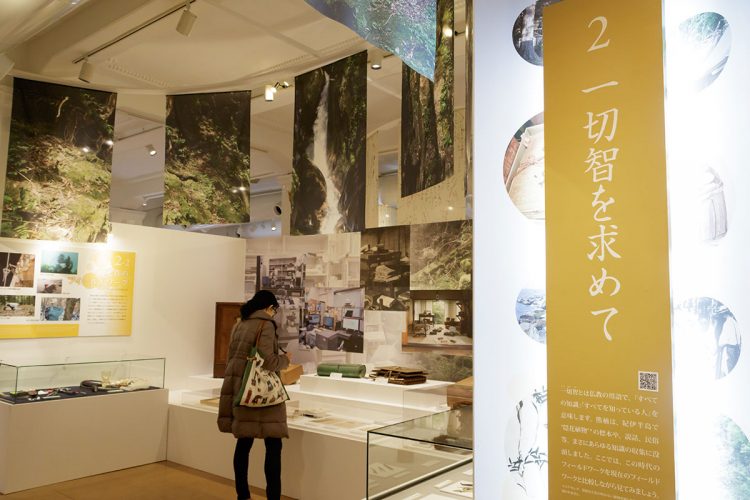
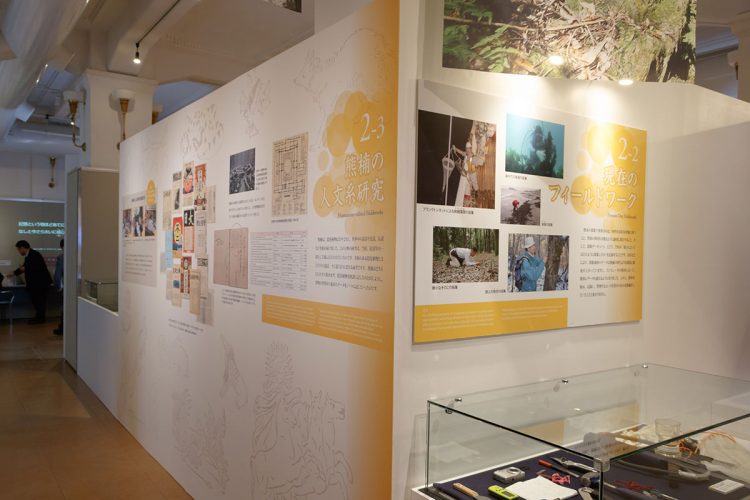
Kumagusu who returned to Japan actively goes into the field and collects. In this chapter, we compare the fieldwork of Kumagusu's era and contemporary fieldwork, as well as humanities research such as folk tales and legends collected by Kumagusu.
3. Extent of Wisdom
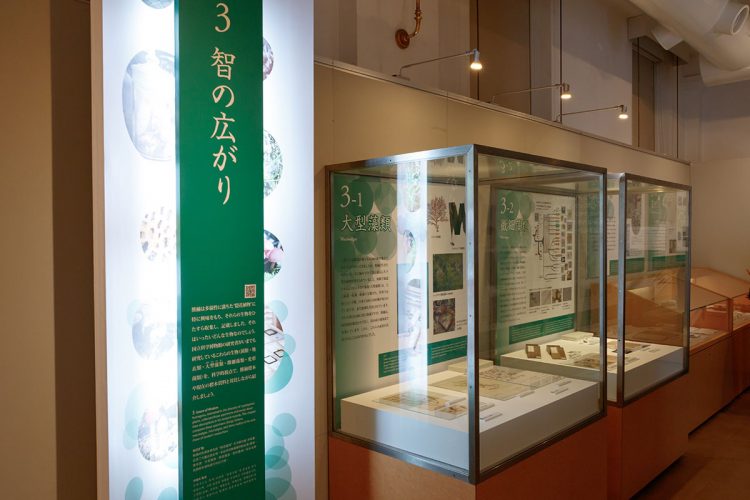
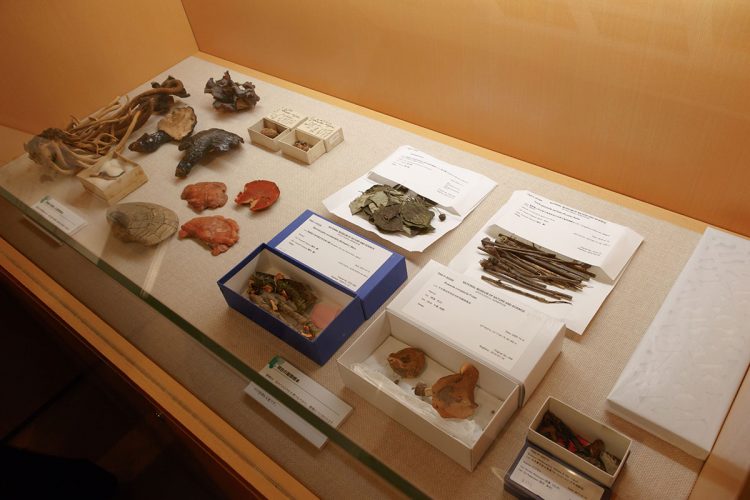
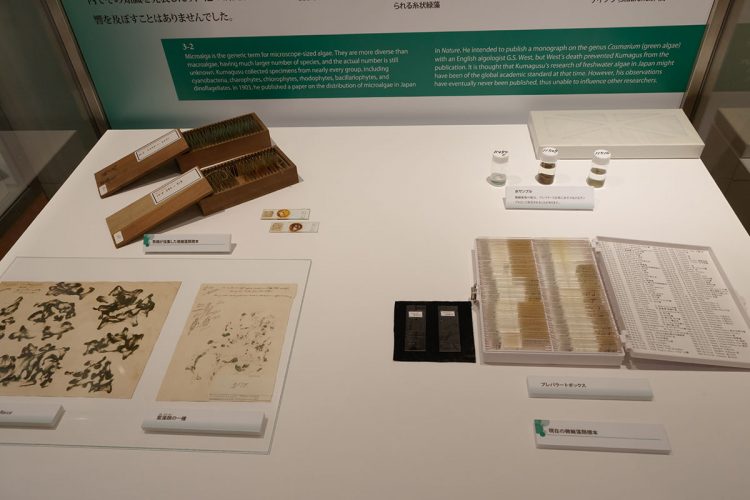
"Bloom flowers" that Kumagusu was particularly interested in. What kind of organism is it? In this chapter, these organisms will be introduced from a scientific point of view, while classifying them into five categories, large algae, microalgae, lichens, deformed fungi, and fungi, while comparing Kumagusu specimens and current specimen materials.
4. Accumulation of Wisdom: Mycological Illustrations
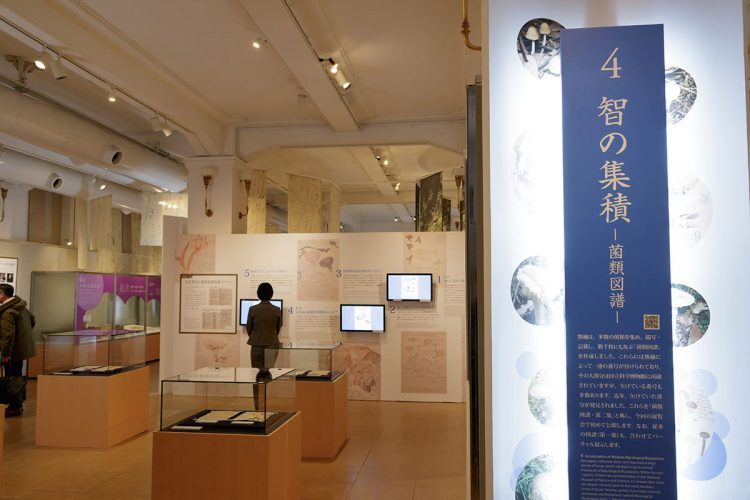
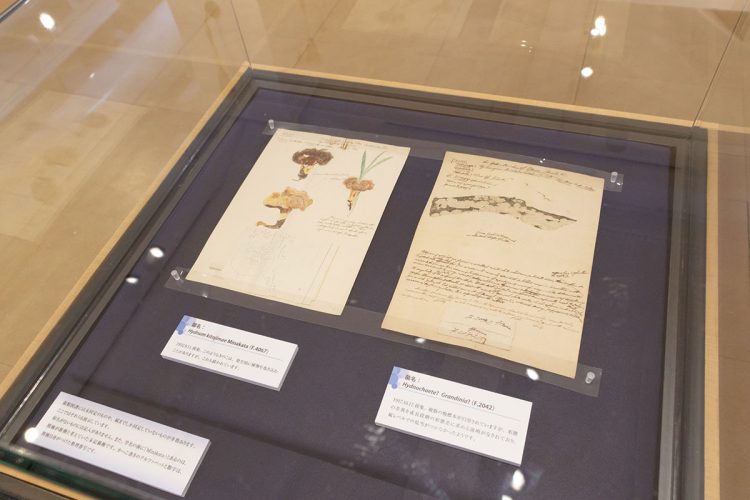

■ Immersion due to pure curiosity
Kumagusu collected, described and described numerous fungi, and created thousands of "fungal drawings". The fungal drawings are depicted in full color in watercolor painting and pasted by slicing the real thing etc, and the information of the collection place and the biological features such as form, color, smell etc. are described in the margin .
A series of numbers have been assigned by Kumagusu to fungal charts, but there were missing numbers. However, in recent years, the missing part was discovered. These are referred to as "Fungi Graphic Novel 2nd Collection" and will be made public for the first time in this exhibition.
Numerous new varieties are listed in fungal diagrams. Kumagusu was not trying to make a new type announcement, though the new species will be accepted as a new species only after it is regularly published in the paper etc. For Kumagusu the presentation was not the purpose, but the collection work itself was the purpose.
Rather than analyzing the collected data, Kumagusu's achievement that he was proud of innocently, "How I got this so much, it would be amazing" seems to be taught inherently the pleasures that academics have .
5. Expansion of Wisdom: Shrine Merger Policy and the Two Letters from Minakata (Minakata Nisho)
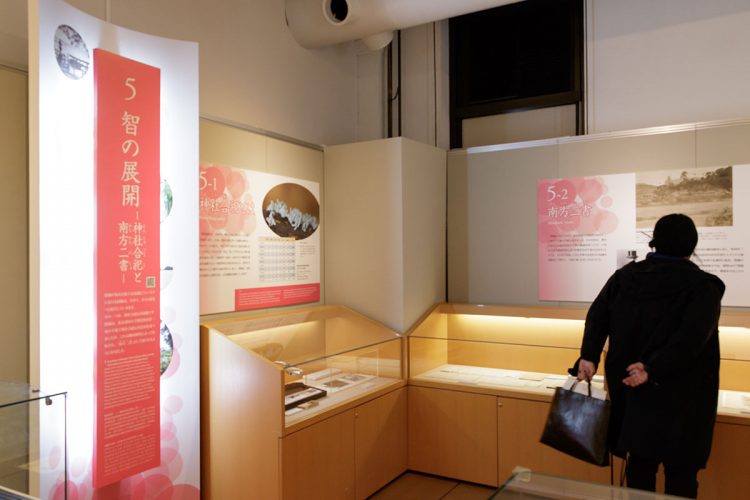
■Curiosity to the mind of environmental protection
Kumagusu's vast knowledge and experience will eventually fruit in various forms. One of them was a movement against the Shrine Shrine Religious Holocaust.
In 1906, the Meiji government will issue a decree on shrine religious affairs. According to the merger of towns and villages, one shrine is integrated in one town and village, and the land of the abolished shrine is paid to the private sector. In fact, there was an economic aim to sell the forest resources of the land that was paid down and return the debt of the war cost of the Russo-Japanese War.
The Meiji government that it destroyed the abolished shrine thoroughly as "God does not return". Kumagusu sought support from experts in various fields as the forest of the shrine grown with precious living things disappeared, and developed an opposition campaign. Kumagusu writes two letters to Professor Tokyo Imperial University Professor Misato Matsumura (Matsumura Jinzo). Its content was to strongly disagree with the ritual, exemplifying by mobilizing knowledge such as creatures and folklaces collected until then.
And entrusting two letters to folklorist Kunio Yanagida, asking Matsumura Norio to mediate. Yanagida supported the opposition campaign of Kumagusu by printing these two copies with the permission of Matsumura and distributing it to experts in various fields.
By the way, Kumagusu who opposed the shrine religious shrine rushed into a lecture attended by officials who proceed with the shrine, and the police have caught sometimes. At that time, I was imprisoned until the next day, but mushrooms are collected even in prison, and that mushroom is posted on the fungus chart.
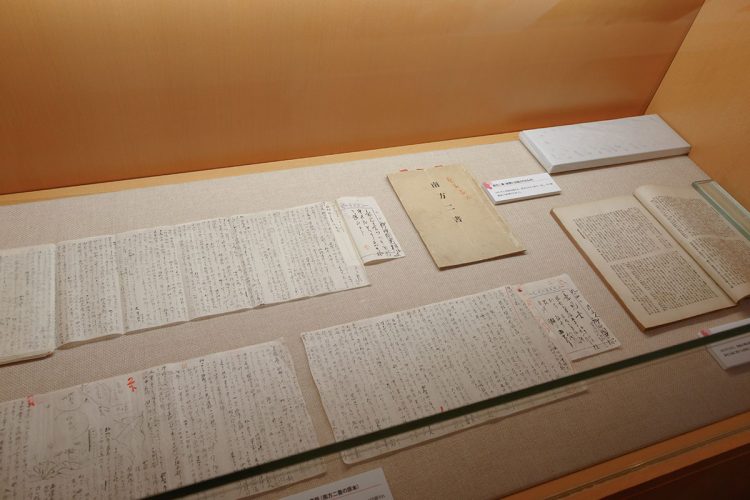

6. Learning the Framework of His Wisdom
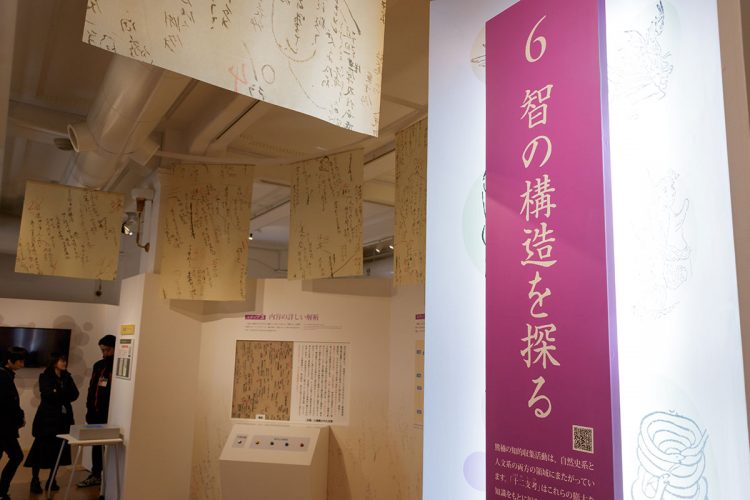
Kumagusu 's intellectual collecting activities spanning both natural history and humanities. "Zodiacism" is based on these enormous knowledge, and it is regarded as a work which well expressed Kumagusu's world view.
"Zodiacism" is a serial series that uses Kumagusu's unique method of listing knowledge of every field such as biological features, historical stories, folklore from the etymology of national languages about the zodiac of that year. At the time of writing, Kumagusu created a map-like memo called "abdominal manuscript".
In this chapter, I will approach Kumagusu 's thought process while deciphering my belly.


It seems that it was the backing paper of the newspaper that was used for the abdomen. To prepare the abdomen, it would have been that extensive. In this exhibition, there is prepared a mechanism that glows corresponding parts when you press a button so that you know the correspondence part between the manuscript and the abdomen.
Kumagusu created a database by copying information from many literatures, retrieved information from the database, and created liturgical manuscripts and manuscripts. This is similar to how we retrieve the information in the Internet.
Kumagusu who practiced a method similar to the method of today's information equipment 100 years ago. Why do not you visit this exhibition and touch Kumagusu's thought process and its achievements?
Summary
| Exhibition name | MINAKATA Kumagusu: An informant-savant a 100 years ahead of his time |
|---|---|
| Venue | National Museum of Nature and Science Japan Gallery 1st floor planning exhibition room |
| Duration | December 19, 2017 (Tue) – March 4, 2018 (Sun) |
| Opening hours | 9 am – 5 pm (Friday and Saturday to 8 p.m.) |
| Admission fee | You can see it by permanent exhibition admission fee only. (General and university students: ¥ 620 High-school students and younger, persons aged 65 or over: Free) |
| closing day | Every Monday, December 28 (Thur) – January 1, 2018 (Mon), January 9 (Tue) However, Monday, January 8 (Mon), February 12 (Mon) opening |


